Museums & exhibition centres
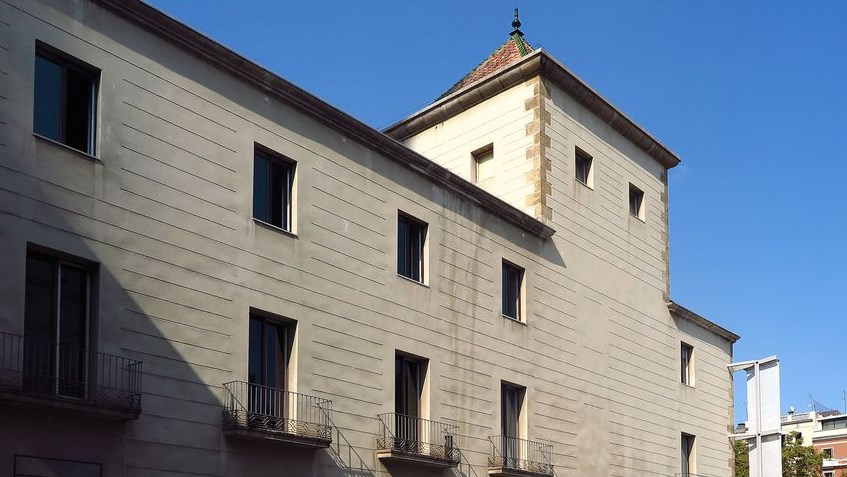
Housed inside an 18th-century former convent at the end of La Rambla, the CASM is also home to a creative laboratory where all the art disciplines converge.
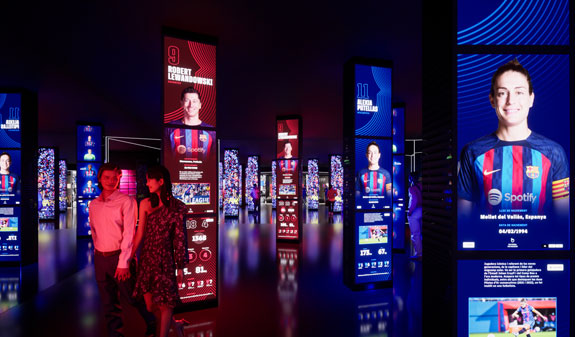
Founded in 1899 by Hans Gamper, FC Barcelona has become a symbol of football, social and cultural identity for millions of people around the world. Visit the FCB Museum and discover some of the most iconic areas in Europe's biggest stadium Camp Nou, on an unforgettable immersive tour.
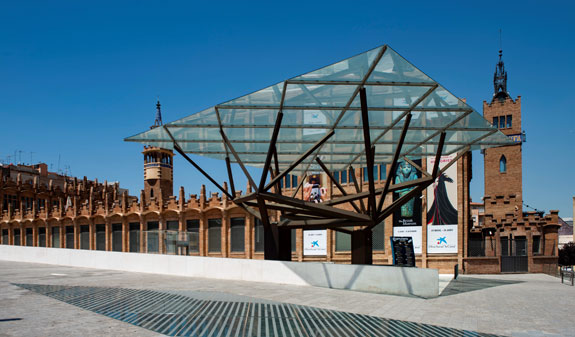
CaixaForum, the Cultural Centre of "La Caixa" Foundation, is housed in one of Barcelona's landmark buildings, the Casaramona textile mill, a jewel of industrial modernista architecture designed by
Josep Puig i Cadafalch.
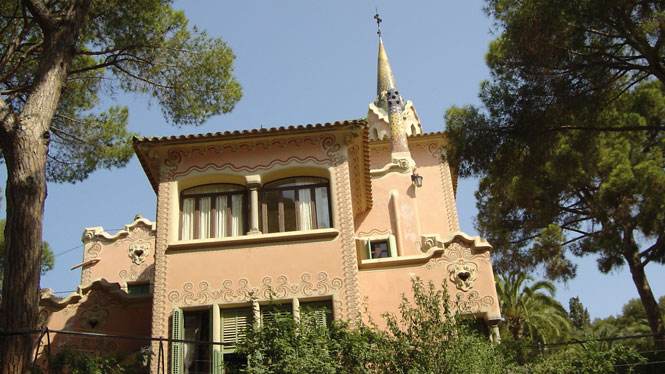
The Casa-Museu Gaudí was built in 1904 as a show house in the Park Güell which was originally designed as a garden-city in Barcelona. Gaudí made it his home, and it still contains some of his personal objects and mementoes.
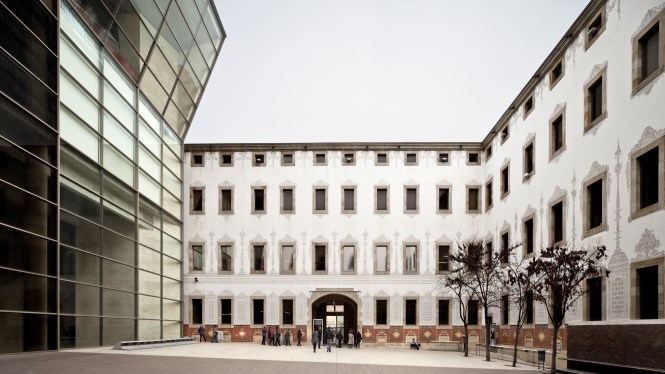
The CCCB is one of the major infrastructures from the 1990s. All its activities focus on the theme of the city and urban phenomena, analysed from every point of view and cultural discipline.




